What do we expect of a space program?
NASA represents a full 50% of the world’s expenditures on space science & exploration. What should we expect from it?
“This Administration has never really faced up to where we are going in space… As a result, NASA is both drifting and lobbying for bigger things — without being able to focus realistically on what it should be doing.”
–White House staff assistant Clay Thomas Whitehead, February 1971
The first week in January, for many of us, heralds the beginning of a new year, and our striving to live up to the goals we set for ourselves of making this year an improvement on the last. But for astronomers and astrophysicists, it brings with it our largest annual convention: the American Astronomical Society’s annual meeting. And with it comes our best current answers (and new discoveries) on a number of important fronts, ranging from our understanding of the Universe to how we explore it. John M. Logsdon took on this big question — of what a space program should do — in his talk at midday on Monday of this meeting.

When we committed to go to the Moon, that is, to put a human on the Moon, the part of the budget devoted to NASA — at the height of Apollo — was more than 5 billion dollars, which at the time, was a total of almost twenty percent of the total amount of discretionary spending by the US government.
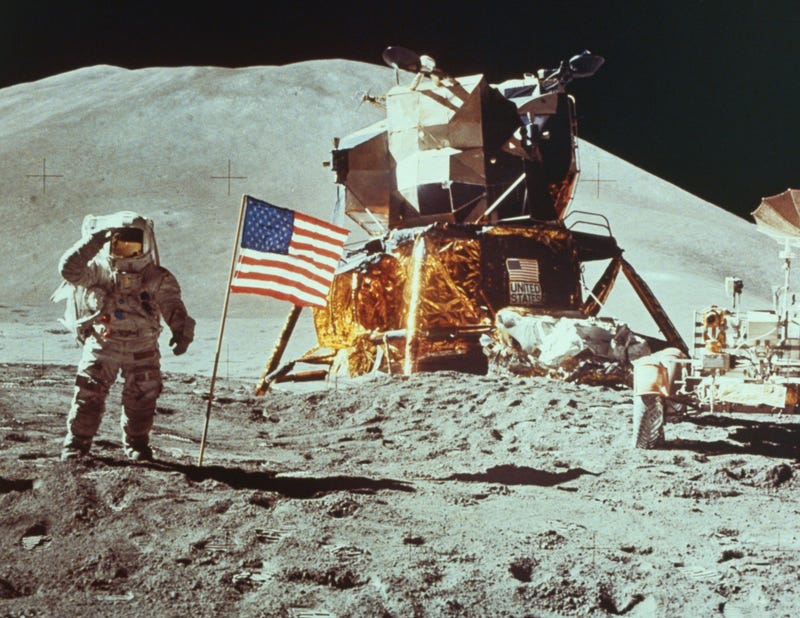
Even before the Apollo Moon landing, LBJ cut the funding to NASA by 24%, and then when Nixon became president, it was cut by a further 17%. Despite the first graph we showed showing what we’ve invested in the space program, and the appearance of a “recovery” towards very high levels once again, that’s a really misleading graph.
The value of a dollar has changed, what we can accomplish with what amount of money has changed, and how we run the federal government — social security, the military, healthcare, etc. — has changed as well. But here’s a very telling graph: what percentage of our non-defense discretionary budget do we spend on NASA? And how has that changed since the 1960s?
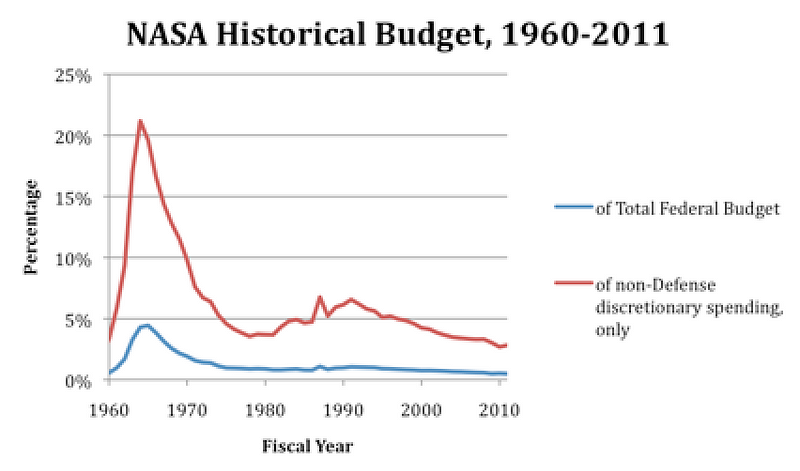
From a high of around 20%, NASA’s budget is legitimately at an all-time low, and continues to be at that all-time low, of around just three percent of our non-Defense discretionary spending. He says that with the rise of social security and medicare, we should be thankful we still have 3%!
John is incredibly pessimistic that this situation is going to change for the better. But he’s also optimistic that it’s not going anywhere; it’s not being threatened to come to an end. There’s still room for science — planetary science, solar system science, earth science and astrophysics — and space exploration, and that NASA is responsible for both of those.
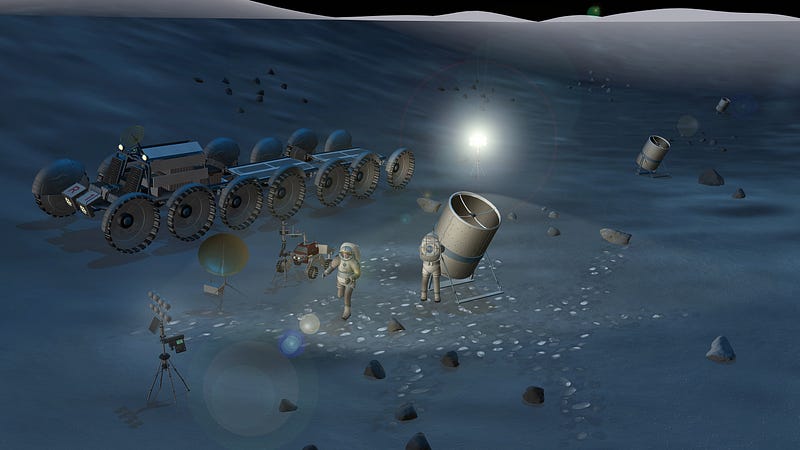
But he’s also pessimistic about setting challenging, long-term space goals. Every time since Apollo that a president has laid out an ambitious goal, the funding for that goal either disappeared when a new president was elected, or — in the horrendous case of George W. Bush in the aftermath of the Columbia shuttle disaster — a plan for a return to the Moon (by 2020) was laid out to the nation. When NASA ran the study on what it would take to realize the president’s plan and came up with the answer: $27 billion over five years, the budget they were offered to realize the goal was just one billion over that timeframe: just 4% of the amount.
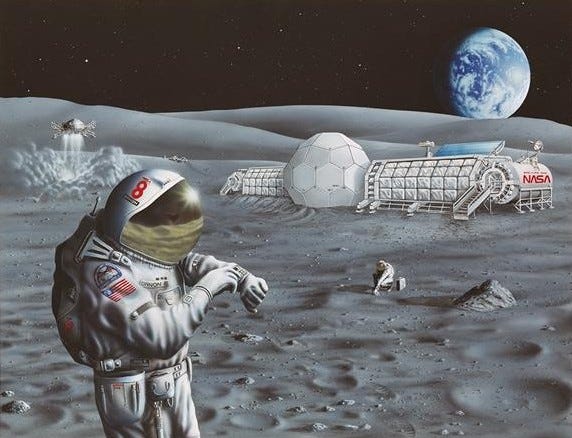
Needless to say, it didn’t happen. The NRC (National Resource Council) conducted a report — Pathways to Exploration — just last year in 2014, where they came to the following conclusions:
“Although the public is mostly positive about NASA and its spaceflight programs, increased spending on spaceflight is a low priority for most Americans.”
“It serves no purpose for the advocates of human exploration to dismiss these realities [the lack of public interest in space and the attendant low priority given to increase space spending] in an era in which both the citizenry and national leaders are focused intensely on the unsustainability of the national debt…”
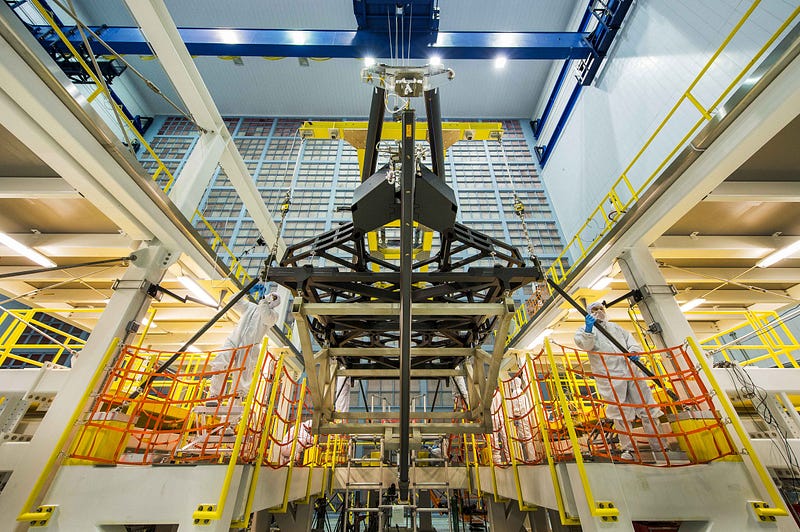
And what’s funny is that technological capabilities are at an all-time high; we can do more with the same amount than ever before, which is good, because we’re not likely to get more than before.
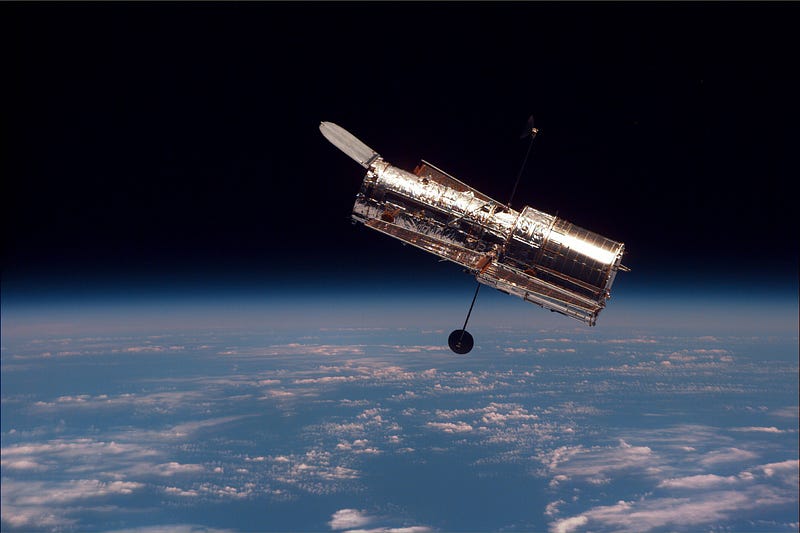
Yet John feels positive that we’re still getting $18 billion a year — with $5.2 billion of that for space science — for what’s realistically a “low priority” endeavor for humanity.
The possibility of a new president realistically is always an opportunity for a revolutionary increase, but it would take convincing a candidate and keeping that candidate convinced that space is a winning endeavor to bet on.
What does this all mean for our loftiest goals?
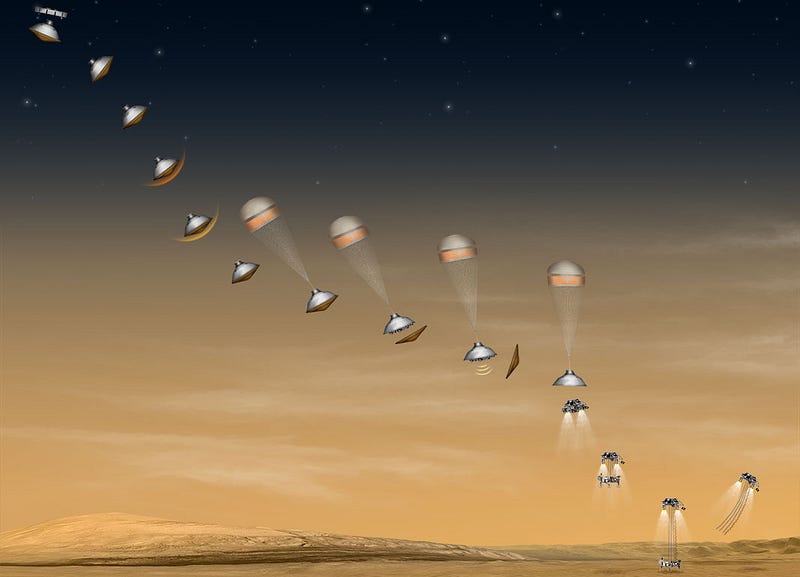
It means that a manned mission to Mars, for example, is not in the cards for the foreseeable future. And that while the rest of the world works to go to the Moon, the USA won’t be participating in that.
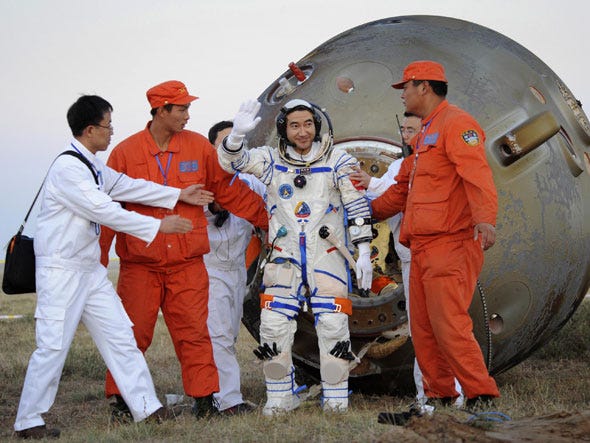
It means that while many different large, eye-opening astronomy missions are all deserving of flying:
- The Laser Interferometer Space Antenna (LISA) for gravitational wave astronomy would open up the era of gravitational wave astronomy, and is not even really up for discussion for the rest of the decade.
- The Advanced Telescope for High-Energy Astrophysics (Athena), a next-generation X-ray observatory, will not launch until 2028 and will have practically no US involvement (it’s an ESA mission),
- WFIRST, the big dark energy hunting mission, was the #1 mission chosen by the NASA decadal mission in 2010, won’t get a chance to fly until 2024 at the earliest,
- and exoplanet science — programs like the Starshade that could directly detect earth-like atmospheres around earth-sized planets in the habitable zones — are ready to go with current technology, but aren’t even on the horizon.
We’re getting the James Webb Space Telescope, the next-generation successor to Hubble (which turns 25 years old this year, by the way) later this decade, and as far as big NASA science missions go, that’s it for this decade.
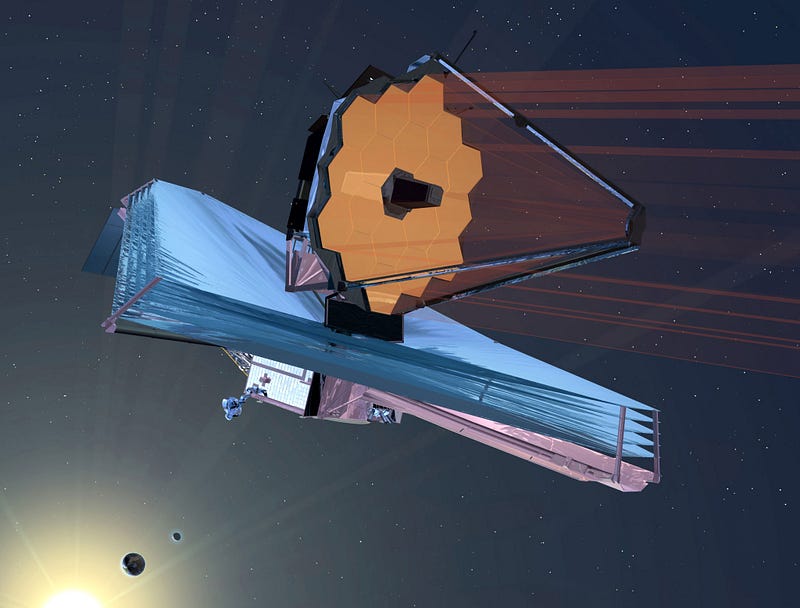
So while the scientific will is there: the human power, the technology, and the interest among the scientific world, the overall perception is that people don’t care, and so there’s no reason to throw extra money at making this happen.
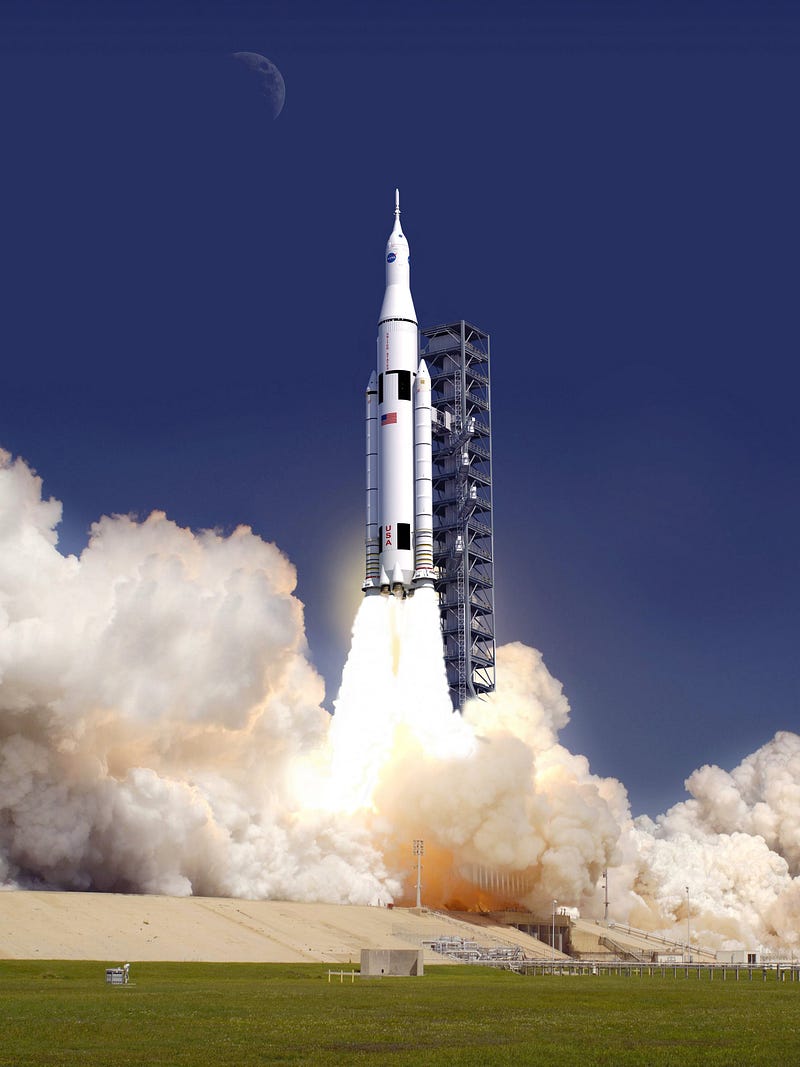
Well, what do you think about that? Is it true that people don’t care? Or is John right, and we should just be thankful for what we have, and admit that we’re not that bad off getting some $18 billion a year — with $5.2 billion devoted to science — when we’re not essential to the nation’s functioning.
Personally, I really don’t like this take on things. I think it’s defeatist, I think it severely undervalues just how beneficial it is to society to invest in space, science and the technological advancements that come out of these endeavors, and it also completely ignores the value of a society that is aware of and appreciates science in general: something we do not do, overall, in the USA.
There were some excellent questions that came up in the session (that was not properly addressed) as well: the public, when surveyed, thinks that NASA gets something like a quarter to a third of the US budget.
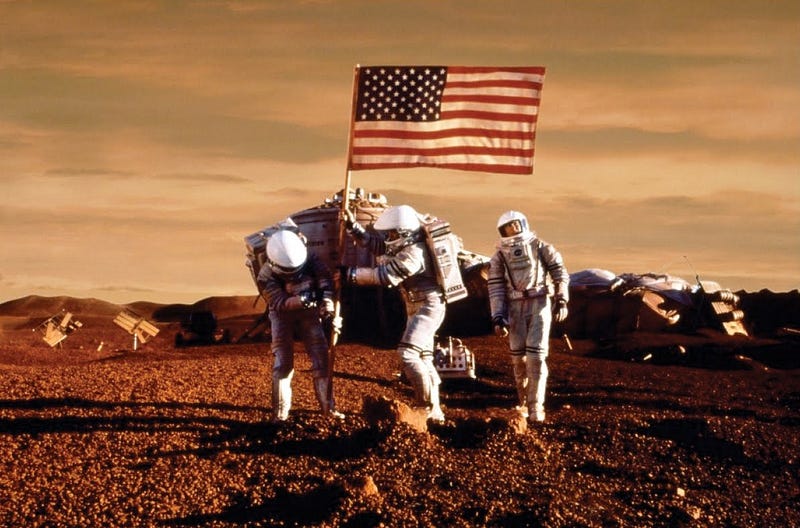
Perhaps we should show the world what we could accomplish if we really had that level of funding? What we could learn and how not only our knowledge of the Universe but how we’d advance world-aiding technology if we did invest in NASA at that level?
There was another great question that came up: the Planetary Society has been very successful at going outside of NASA and lobbying both politically and to the public directly promoting planetary science in general. When funding cut attempts came and the axe was going to fall, they were able to go directly to the public and to the political figures in power to make sure their missions got funded. Would astrophysics / space science be effective as a whole taking that approach? I think we might; I think people might want to know the answers to the big questions and that we can really try and answer them.
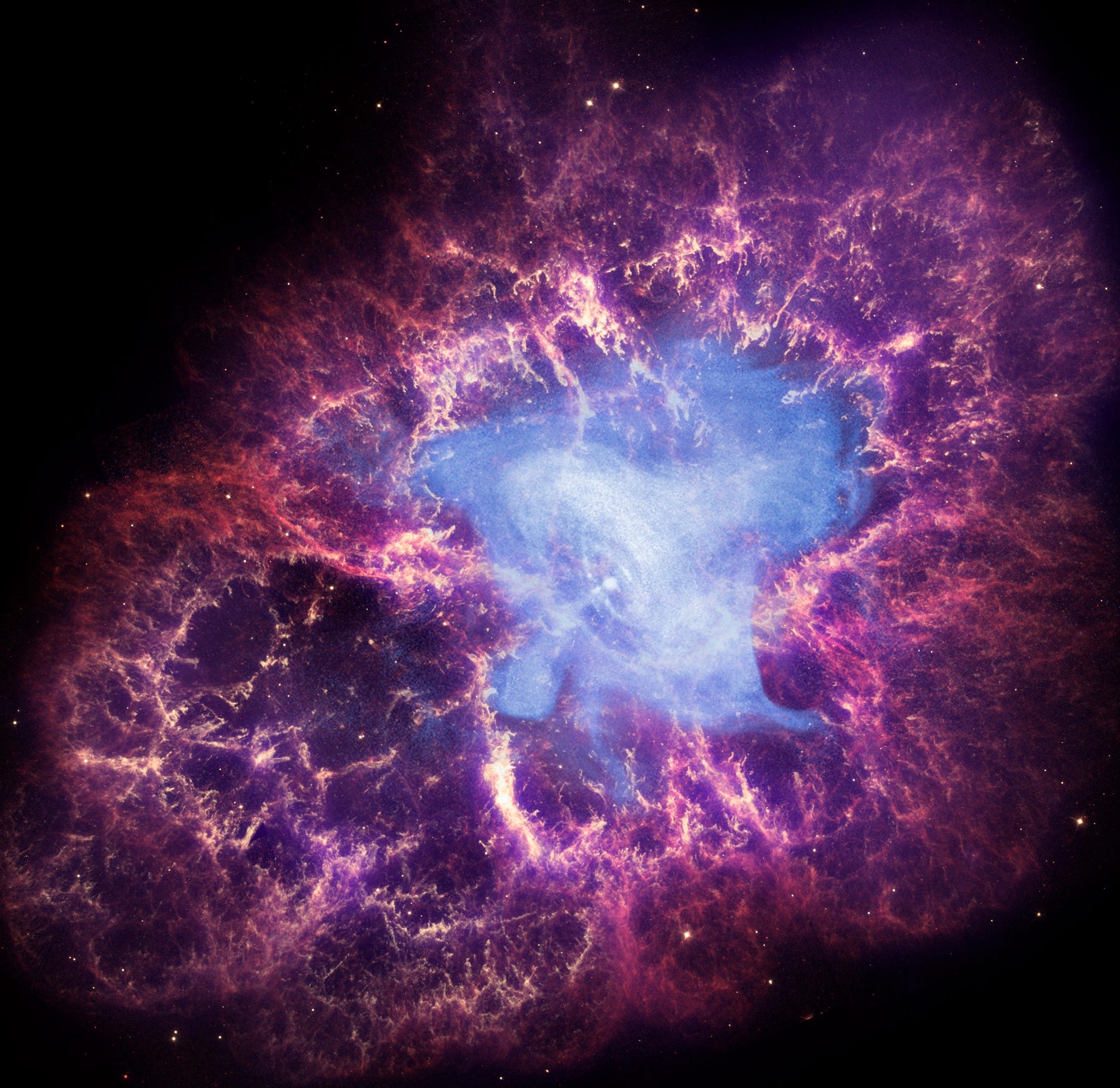
I think people might want better versions of Hubble, of Chandra, of LIGO, of Spitzer, and of Kepler. I think there’s a Universe out there to know and fall in love with, and I think it’s time to bring that to fruition in this world.
Don’t you?
Leave your comments at the Starts With A Bang forum on Scienceblogs!





